Moet & Chandon Ice Imperial White Ice


The short answer would be that they are both two types of sparkling wines, but Champagne is made in the Champaign region (France), and Cava is of Spanish origin
But really, what are the differences between Champagne and Cava?
But really, what are the differences between Champagne and Cava? Let's take a look.
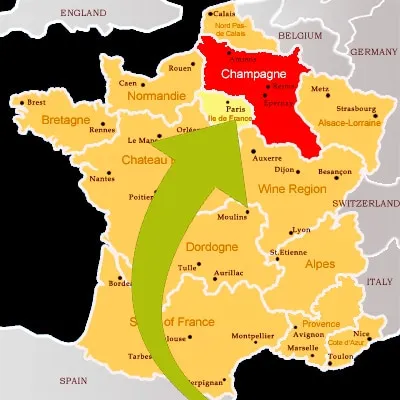
What are the differences between Champagne and Cava?
They are white wines that contain natural carbon dioxide gas, i.e. produced by a second fermentation.
Both are made from a blend of three different grapes: champagne from two red grapes and one white grape, and cava from two white grapes and one red grape.
They are both made from a blend of three different grapes: champagne from two red grapes and one white grape.
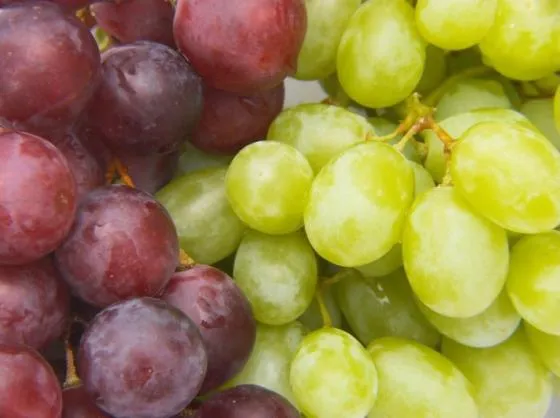
The first fermentation period to create sparkling wines is done in the same way as all wines, and the second period is by the method champenoise or also called the traditional method.
This method is characterised by the fact that new yeasts are poured in and the winemaking and ageing process is carried out in the same bottle in which the tirage has been done.
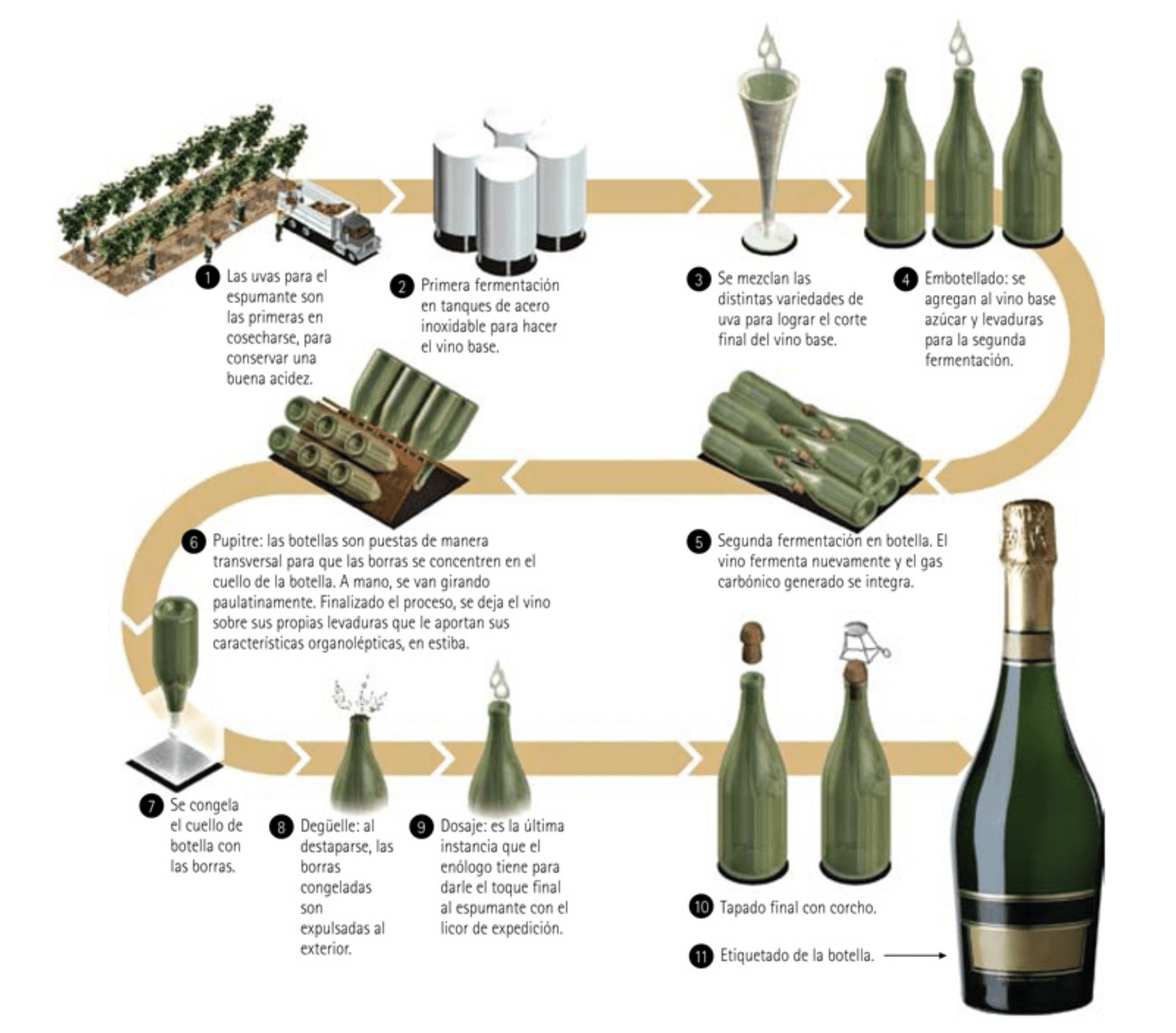
The Champanoise method is used in the production of both Champagne and Cava
The Champanoise method is used in the production of both Champagne and Cava
Champagne.
The traditional method of elaboration for both Cava and Champagne consists of following, above all, five steps.
The first is to obtain the base wine from the three grapes, which are blended in corresponding proportions, provided that the alcohol content is moderate.
Normally, Champagne is made from three different types of grapes, Pinot Noir, Pinot Meunier and Chardonnay. Chardonnay being the only white grape variety.
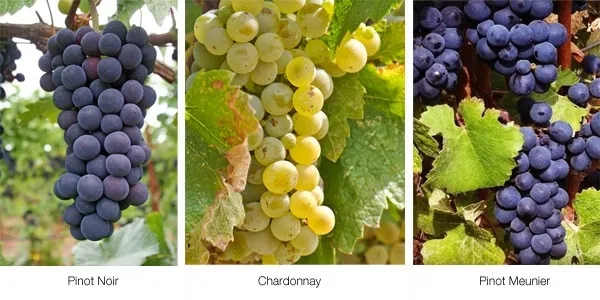
The second step is the bottling where the base wine is mixed with the liqueur de tirage, i.e. the wine with sugar and yeast inside a glass bottle for the second fermentation to take place. A pressurised atmosphere is created inside the bottle which, over time, causes the wine to ferment and carbon dioxide gas to be created.
The bottle is closed with a temporary stopper similar to that of a fizzy drink.
The third phase is the fermentation phase, which lasts at least nine months. It consists of the yeast eating the sugar and producing more alcohol and carbon dioxide gas; the latter remains inside the bottle, giving rise to the very special bubbles. Traditionally, the longer the fermentation time, the higher the quality of the sparkling wine, and depending on the ageing process, the sparkling wine can be:
Young: 9-15 months.
Reserva: 15-30 months.
Grand Reserve: more than 30 months.
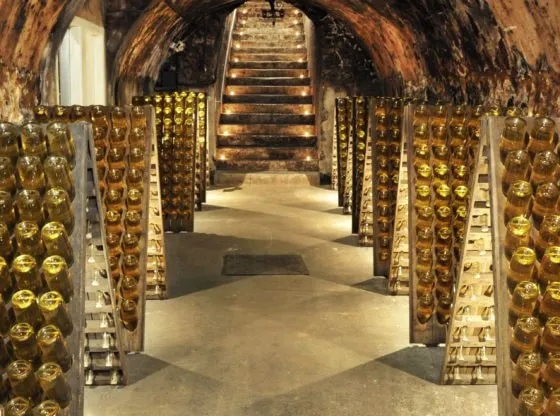
In this production process in the bottles, the yeasts die off and are deposited at the end of the bottle, this is called "borras" and it is necessary to remove them from the bottle by means of the "pupitre" phase. The bottles are positioned crosswise, so that the lees are concentrated in the neck of the bottle and, by hand or mechanically, the glasses must be rotated to an inclined position. This is an essential and crucial movement for the final result of the cava and champagne because it will affect its quality.
Already upright and upside down,the neck of the bottle is frozen with the lees deposited there and the fourth phase is carried out: disgorging. Once the bottle is frozen, it is opened and the lees are more easily expelled to the outside along with the temporary stopper.
Finally, once the sparkling wine is clean, the expedition liqueur is added. This phase is only carried out in sweet champagnes and cavas because it consists of adding different proportions of sugar. There are different types depending on the grams of sugar per litre they contain:
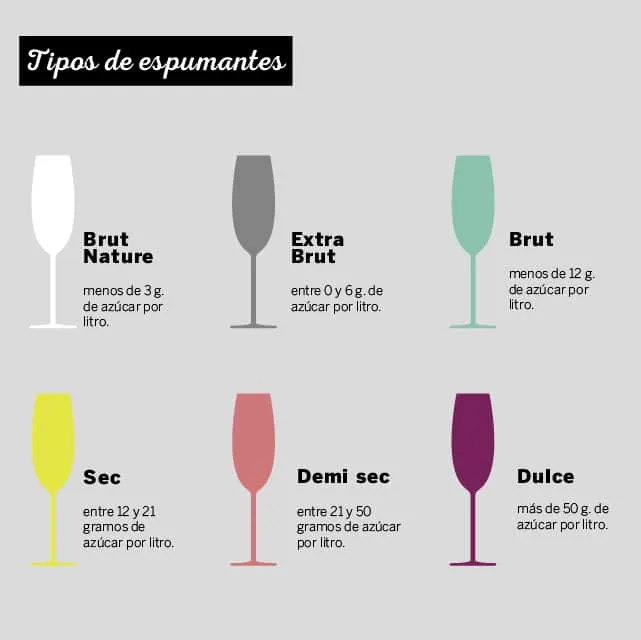
The most common Champagne is the Brut
Brut nature: 3g/l or without addition, it is a dry wine and essential to harmonise a meal.
Brut: up to 6 g/h. It remains dry, but is ideal for toasts because it is softened.
Semi dry:between 32 and 50 g/l. Perfect for desserts and nougat.
Sweet: over 50 g/l.
The main difference between Champagne and cava is that French champagne comes from a very specific area, Champagne, in the north-east of France, and is protected by a designation of origin, meaning that only those from this region can be called champagne. However, the term champagne has become a 'brand' and we popularly call sparkling wines that come from anywhere in the world by this name.
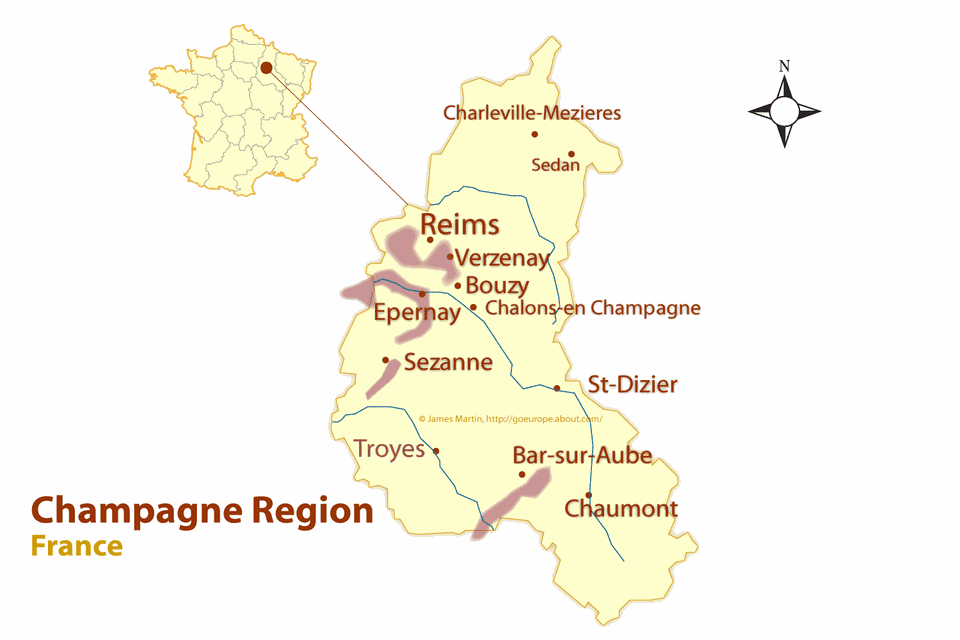
Within the Champagne region there are several areas
Within the Champagne region we find several zones
The other sparkling wine with a designation of origin is cava. This does not come from a single region, but from the entire Spanish territory. In 1986 the need for the Cava Denomination was established for quality sparkling wines obtained by the traditional method, and so the Cava Region was formed, currently made up of 159 municipalities spread throughout Spain: Catalonia, La Rioja, Aragon, Valencia and Extremadura.
The Cava Region is currently made up of 159 municipalities spread throughout Spain: Catalonia, La Rioja, Aragon, Valencia and Extremadura.
In this way, we find the Cava Denomination of Origin.
Thus, we find products made in other provinces outside Catalonia with spectacular characteristics, such as the Cava Particular Blanc de Noirs, made by Bodegas San Valero in the town of Cariñena, Zaragoza.
Cava Particular Blanc de Noirs, made by Bodegas San Valero in the town of Cariñena, Zaragoza.
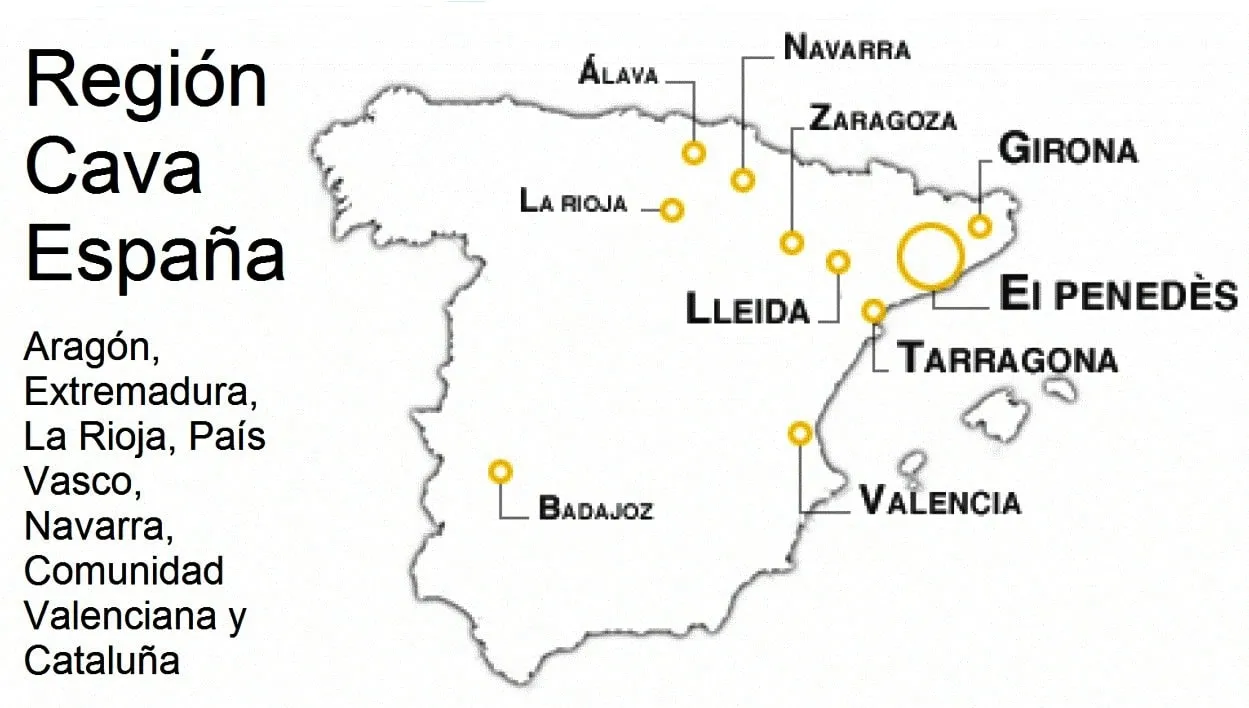
Despite the popular legend that all Cava is produced in Catalonia, we find more producing areas in the rest of Spain.
The second of the differences between Champagne and cava has to do with the type of grapes they are made from. Champagne and cava get different flavours because they are both created from three grapes that are deeply rooted in the soil. Just like wines they also have their variation in colour which is given by the contact of the grape juice with the grape skin. Furthermore, depending on how they are distributed and added in the elaboration process, the sparkling wine will acquire its particularity.
The main varieties in French champagne are Pinot Noir, Pinot Meunier and Chardonnay. All three, in different proportions, contribute their charms. However, they can also be bottled in a particular way to create three varieties with deep character: a true Pinot Meunier; a blanc de blancs, containing only Chardonnay grapes; and a blanc de noir, a white wine made from Pinot Noir.
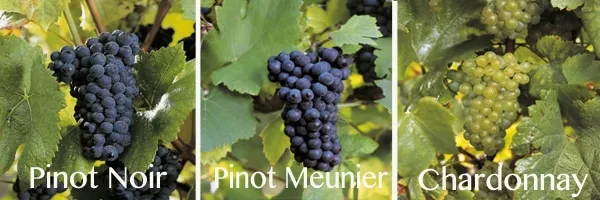
The main grapes of Spanish cava are Parellada, Xarel-lo and Macabeo.
The main grape varieties of Spanish cava are Parellada, Xarel-lo and Macabeo, the first being red and the second white. However, for the elaboration of the now so acclaimed rosés, Trepat is added.
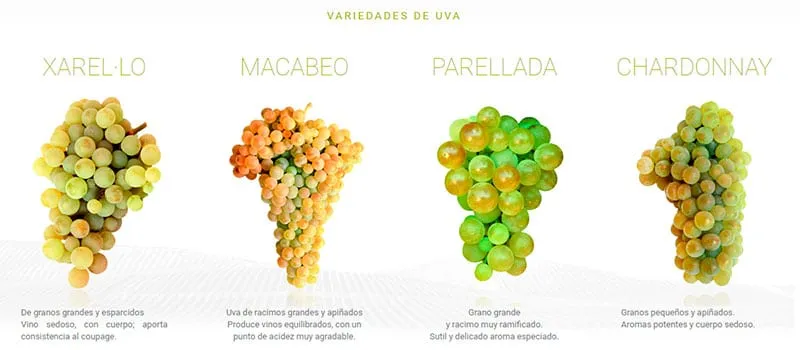
Although champagne and cava contain red grapes, why are they always white in colour?
Because the pressures on the grapes are so high that it is difficult to distinguish between red and white.
Because the pressures during the 'crushing' phase to obtain the must are very delicate. Thus the grape skin, which is what gives the colour, does not manage to tint the must.
Because the pressures during the 'crushing' phase to obtain the must are very delicate.
Another difference with respect to the grapes is that with French champagne, blends are made with still wines from different vintages, some better than others, in order to regulate the sparkling wine. However, this never happens with cava.
The last of the differences between Champagne and Cava is centred on the environment. Grapes are the raw material for sparkling wines and therefore, depending on how they are grown and under what circumstances, the fruit will have different properties. Climate and soil affect taste, quality and cultivation.
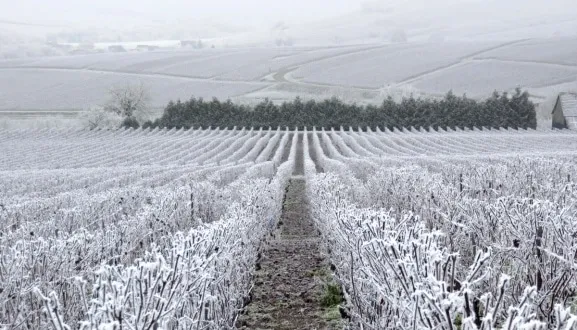
The terroir makes the difference between Champagne and Cava. Spanish sparkling wine is grown in a Mediterranean country and therefore the climatic qualities are not similar to those of the northern region of France.
Spanish sparkling wine is grown in a Mediterranean country and therefore the climatic qualities are not similar to those of the northern region of France.
Champagne and cava are delicate, elegant drinks and bring a special atmosphere, that's why they should be served in long, thin and tall glasses. This is the way to observe the bubbles, which are the pearl of this wine that pass like a ballerina through our mouth when we drink it.
What shall we toast with today?
Please sign in first.
Sign inCreate a free account to use wishlists.
Sign in